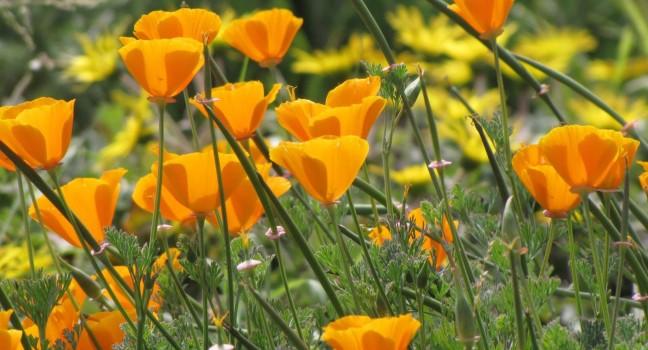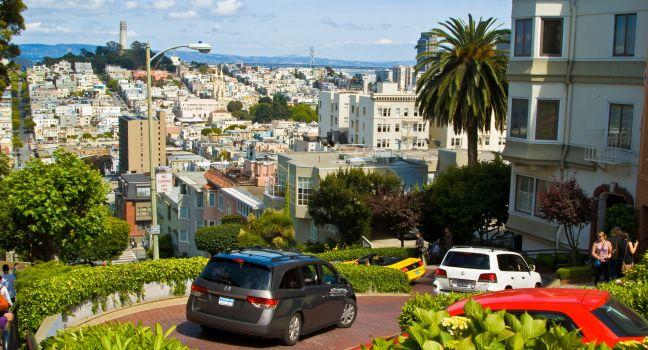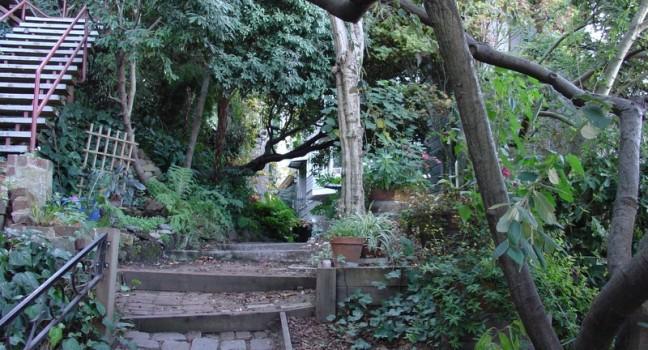Grace Cathedral
Not many churches can boast an altarpiece by Keith Haring and two labyrinths, but this one, the country's third-largest Episcopal cathedral, does. The soaring Gothic-style structure took 14 (often interrupted) years to build, beginning in 1927 and eventually wrapping up in 1964. The gilded bronze doors at the east entrance were taken from casts of Lorenzo Ghiberti's incredible Gates of Paradise, designed for the Baptistery in Florence, Italy. A sculpture of St. Francis by Beniamino Bufano greets you as you enter.
The 34-foot-wide limestone labyrinth is a replica of the 13th-century stone maze on the floor of Chartres Cathedral. All are encouraged to walk the ⅛-mile-long labyrinth, a ritual based on the tradition of meditative walking. There's also a granite outdoor labyrinth on the church's northeast side. The AIDS Interfaith Chapel, to the right as you enter Grace, contains a bronze triptych by the late artist Keith Haring (a gift from Yoko Ono) and panels from the AIDS Memorial Quilt. The church offers self- and docent-led tours. Especially dramatic times to view the cathedral are during Tuesday-evening yoga (6:15 pm), Thursday-night evensong (5:15 pm), and special holiday programs.






